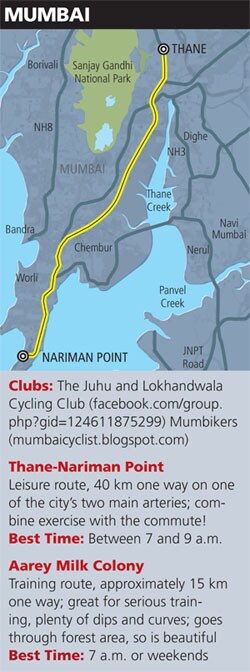
Cycling: Join the Ride
Urban India is rediscovering the bicycle. We give you a quick guide to joining in on the ride
In the West, the 1890s are considered the Golden Age of cycling. After that, of course, the car took over. In less developed economies, the cycle never really went away. Even now, with the pace of change ever accelerating, large parts of our economy still run on pedal power.

But in our metros, long time-and-energy-sapping commutes, pollution, and the need for speed have meant that cycles were disappearing from our streets.
In the last few years, however, that’s begun to change. Increasing numbers of people of all ages have taken to bicycles as an alternative to, even a replacement for, the morning walk or jog. Some hardy souls even brave rush hour traffic and use their bikes to commute to work!
For some, it’s fitness that has prompted the change. Others want to use a more environmentally-friendly form of daily transport. The leaner and tougher ride as part of their preparation for bicycle tours and that new phenomenon, the cyclothon. Whatever the reason, bikes are back.
“I started bicycling as my husband was into it and he is a fitness freak,” says Reena Chengappa, co-founder, MySunnyBalcony, Bangalore. “Although I was hesitant at first, I finally bought my bicycle and pushed myself to cycle through a busy stretch in Indiranagar. Since then, I have not looked back.” Anita Roy, editor at the publishing house Zubaan in Delhi, sold her car and commutes to work on a cycle now. It’s part of of here commitment to a greener lifestyle. There are thousands like them around the country, who ride solo, or who are part of local cycling clubs in their cities.










